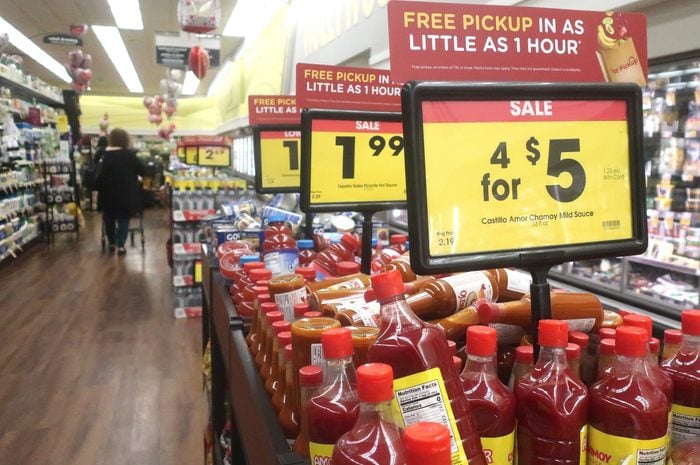
Posting eye-catching sale signs
With flashy signs or stickers, it’s hard for your eyes not to go straight to the sale items. This takes your attention away from similar products on the same shelf, which could be cheaper. So although that sticker is saying it’s a sale, there may be a cheaper alternative right in front of you that you’ve been distracted from.

Spraying mist on vegetables
Ever been in the produce section and have the glistening vegetables catch your eye? Grocery stores spray the produce with mist to make them look fresher, enticing customers to grab them. Looking fresh and being fresh are not the same, though. Be sure to inspect your produce carefully.
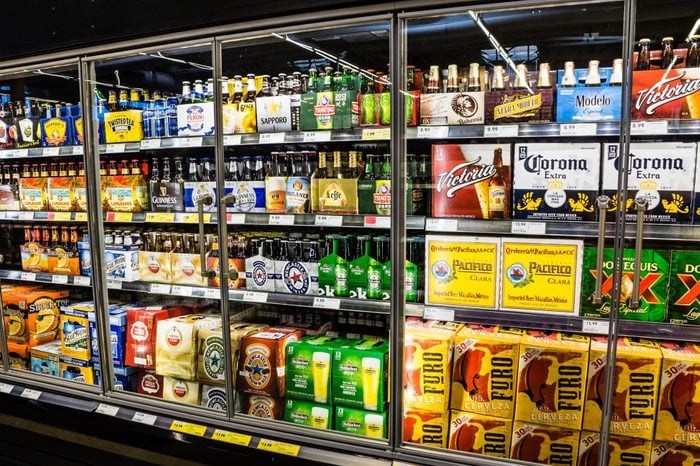
Placing cold drinks near the front
The refrigerators filled with drinks near the checkout seem like a refreshing treat. Don’t be fooled, though! The cold drinks could end up costing more than the same drink from the beverage aisle.
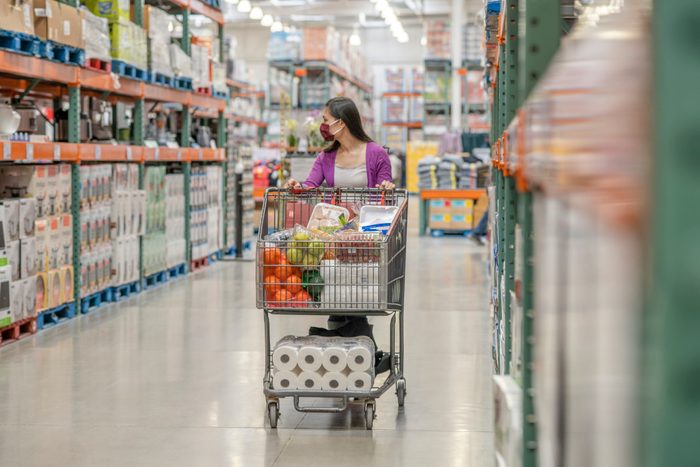
Providing oversized carts
Is it just me, or are grocery carts getting much bigger? It’s a tactic to get you to spend more money. With a bigger cart, it looks like you’re buying less food, so you can continue to fill it to what you think is the “proper” amount of groceries. This means you’ll be more likely to make some impulse purchases to fill your cart, which stores are prepared for.
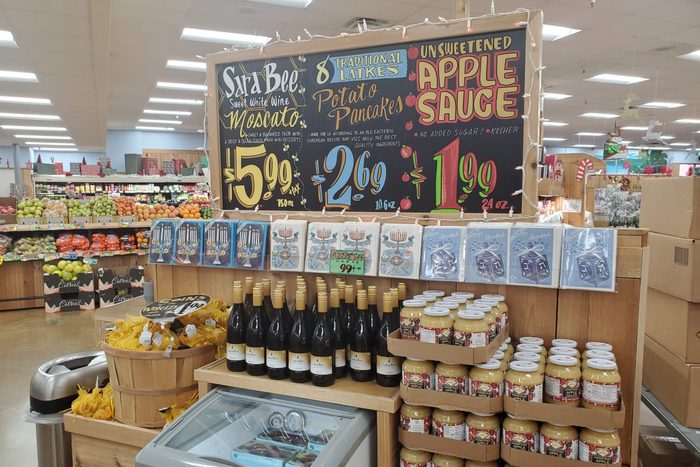
Putting seasonal foods in front
Always greeted with an assortment of seasonal goodies as soon as you walk in? Those front displays are littered with cupcakes and cookies decorated for holidays like Valentine’s Day, Easter or even the Fourth of July. Those are there on purpose! Having them in the front gets you thinking about celebrating that holiday, and of course, buying a treat.
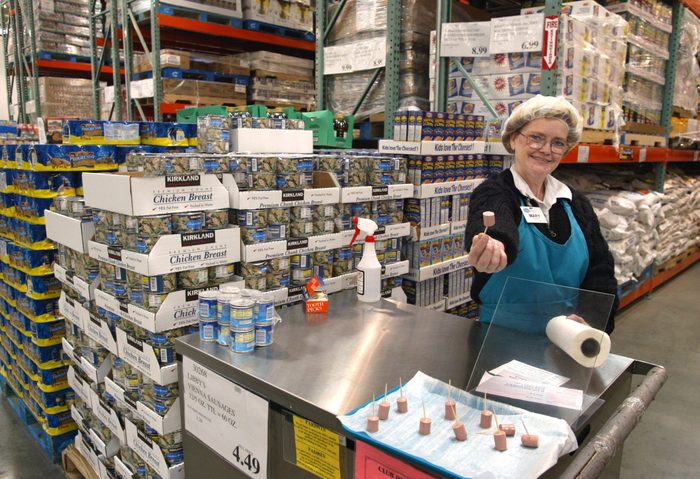
Using “scent marketing”
The stands around the store with free samples aren’t just there for you to taste, but also to smell. Having a delicious-smelling food is a marketing tactic beyond word (or taste) of mouth that gets your stomach rumbling. Once you smell that delicious scent, you can’t help but taste and eventually buy.
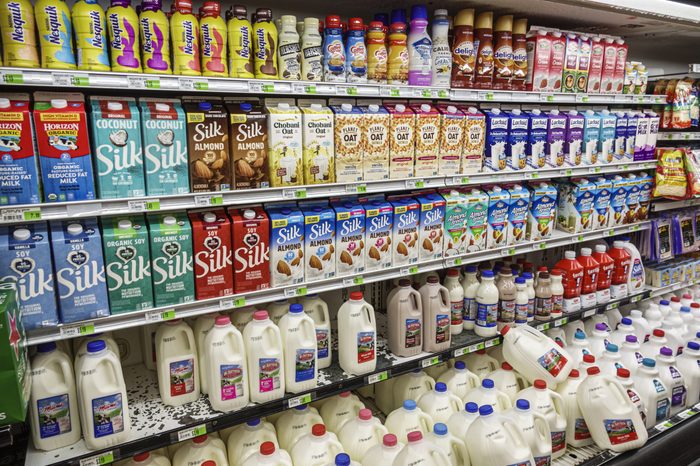
Shelving strategically
Grocery stores will place particular items at the eye level of particular customers. For example, you may find yourself eyeing some healthier cereal options, while your kids can’t help but fall in love with sugary cereals that are strategically placed at their eye level.
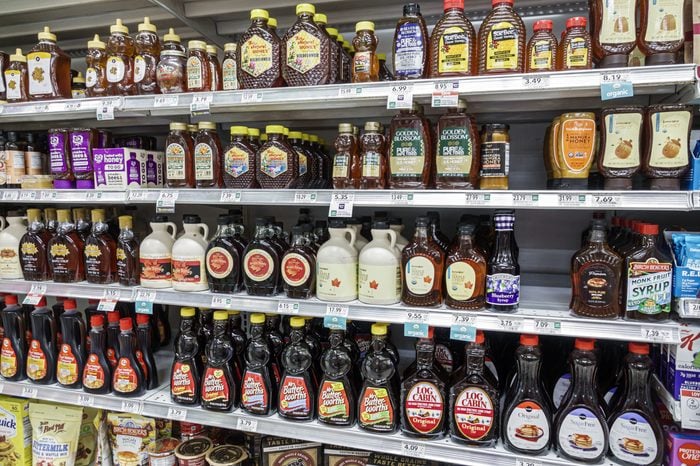
Stocking expensive items at eye level
Next time you’re looking for a box of pasta, don’t grab the first one you see. Take a look around the pasta section and see if you can find a less expensive brand. You may just find them underneath or above that more expensive box.
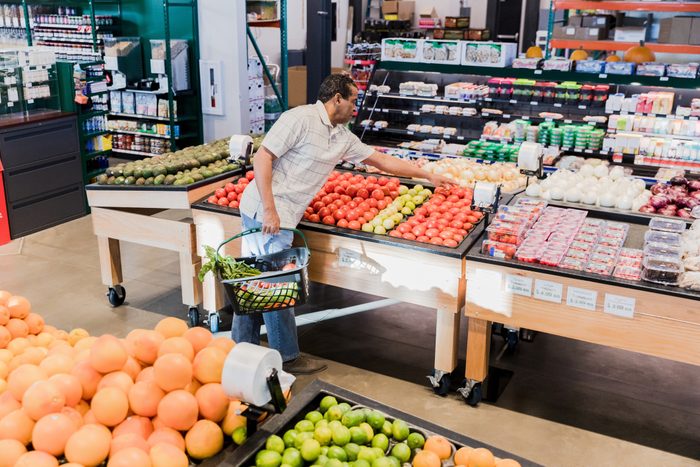
Changing the store layout
Curious why stores will switch things up every now and then? It’s another tactic! As you search for the product you need, you come across new food items you think you need. Cha-ching, cha-ching. Follow these tips for a budget grocery list to get the most for your money.

Storing essentials in the back
Except for the produce, you may find that the essentials you always need (like milk, eggs and butter) are toward the back of your store. This means you have to travel to that section in order to grab those ingredients, making you walk past lots of other junk food, seasonal items and those “scent marketing” free sample stands.

Selling overpriced “healthy” brown eggs
Most items that are brown tend to be healthier, right—like whole-wheat pasta, bread and tortillas. But not for eggs! The brown eggs aren’t the best eggs to buy just because they seem healthier. They have the exact same nutritional value as the white ones. The color simply has to do with what kind of chicken they come from.
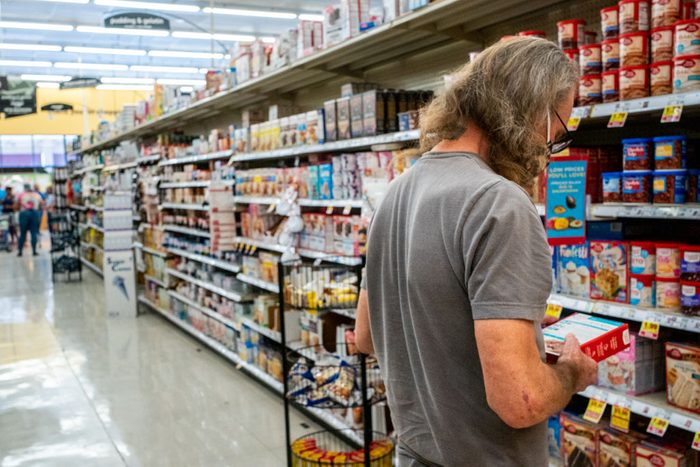
Pushing 10-for-$10 deals
Ten for $10 is an incredible deal, but you don’t have to buy 10 items to get the deal. That’s right—even if you buy three, you only have to pay $3. It’s just another way to trick you into to buying more items!
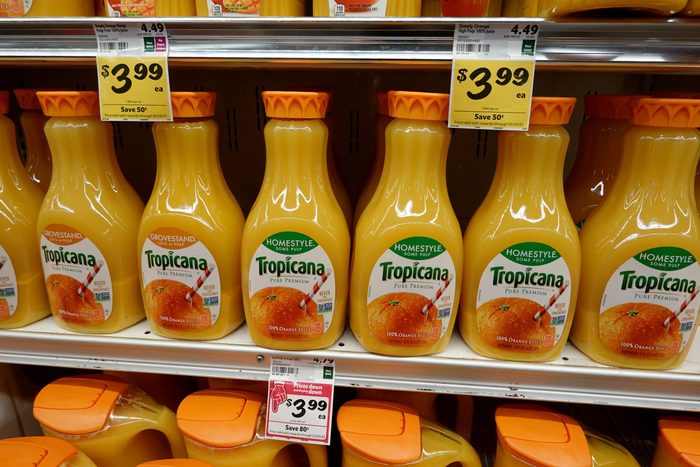
Ending prices in .99
The oldest trick in the book: Tick down the price by one penny and that top number will go down an entire dollar. But in reality, it’s just a penny. Admit it—when you see something that’s $4.99, you think it’s so cheap. But in reality, the item is virtually $5.
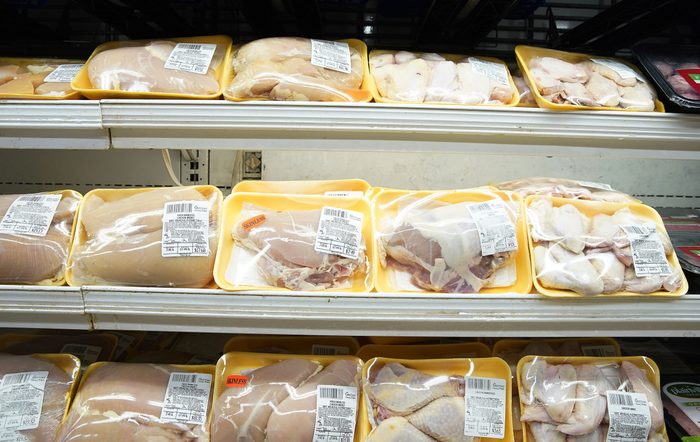
Charging higher prices for carved meat
If you have the time and skill to carve a chicken at home, purchasing a whole bird is cheaper per pound than the buying individual cuts that have been prepared and packaged—looking at you, boneless skinless chicken breasts.
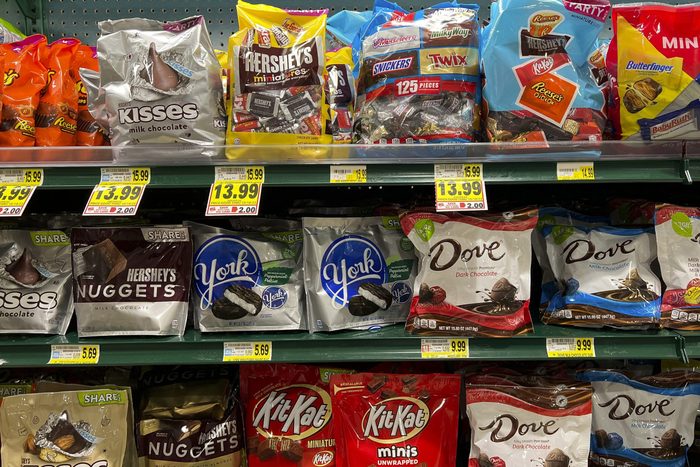
Placing snacks near the checkout
Trust us, the candy bars aren’t at the checkout because it was the “most convenient place to put them.” No, it’s for those moments when you want a quick snack in the car after getting seriously hungry from all of that grocery shopping. Beware!

